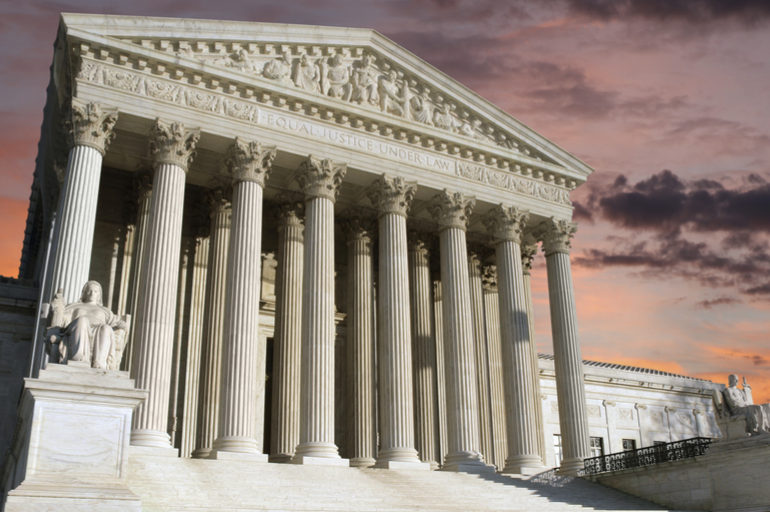
How Thomas and Gorsuch Preserve the Generative Power of Originalism
by John O. McGinnis
The most important practical question for originalism today is the relation of original meaning to precedent. The Supreme Court has decided thousands of cases about the United States Constitution, many with scant attention to its original meaning. Indeed, the Court often begins and ends its analysis with its own precedent concerning a provision but with hardly a word about the provision itself. It is as if the original meaning can disappear down a memory hole, replaced by the Court’s own deathless words. As a result, the decisions of the Court can move farther and farther away from the original meaning of the Constitution as interpretation of precedent is piled on interpretation of precedent.
Thus, it was a relief that two justices of the Court, Clarence Thomas and Neil Gorsuch on Wednesday showed how to keep the original meaning as a presence in Supreme Court jurisprudence. The case, Garza v. Idaho, concerned the right to effective assistance of counsel—a right the Court has previously located in the Sixth Amendment. More specifically, it concerned a sub-issue under that right, whether it was inevitably the case that a failure of counsel to file a notice of appeal constituted ineffective assistance of counsel. The majority of the Court, relying on an interpretation of a prior precedent, Roe v. Flores-Ortega, declared that this failure always constituted ineffective assistance, despite the fact that in this case the defendant had waived his right to appeal in return for the promise of a lighter sentence. His lawyer thought that an appeal might in the end jeopardize his good deal.
Justice Thomas, joined by Justice Gorsuch, argued that the Court was wrong to interpret its prior precedent so categorically. In the prior case, no waiver had been present and thus its sweeping statements about failure to appeal were dicta when it came to case when a waiver might give counsel a plausible reason not to appeal. Thus, there were strong reasons even as a policy matter—the judgments on what is ineffective assistance of counsel being policy-laden—not to extend the prior presumption of ineffective assistance to this case. A failure to file an appeal becomes a very different matter when the defendant has waived the appeal.
But even more importantly, Thomas went on to describe how the decision moved the Court even farther away from the original meaning of the Constitution. The Sixth Amendment as originally understood encompassed only the negative liberty to hire your counsel, not the positive one to have the state provide one, let alone guarantee that his assistance was effective. Although this is not my area of scholarship, Thomas’s analysis seems to me wholly persuasive at least as of 1787. My one criticism is that since this case concerns state rather than federal prosecution, the legal issue is one of incorporation, not direct application of the Bill of Rights. Thus, the analysis should have been extended to the time the 14th amendment was enacted. But that change of date is unlikely to have changed the result.
Treating the original meaning as a generative force, as this dissent does, is important to keeping originalism alive, given how few constitutional questions are not now hedged around by precedent. The approach here would not require that precedent necessarily be overruled when it conflicts with original meaning. Instead, original meaning would prevent precedents from being extended further in the wrong direction. The alternative is a constitutional law generated by the Court’s prior pronouncements rather than the Constitution’s text. A precedent-only jurisprudence will be not driven by the inner logic of our fundamental law, but by varying coalitions of the justices and the political imperatives of the day.